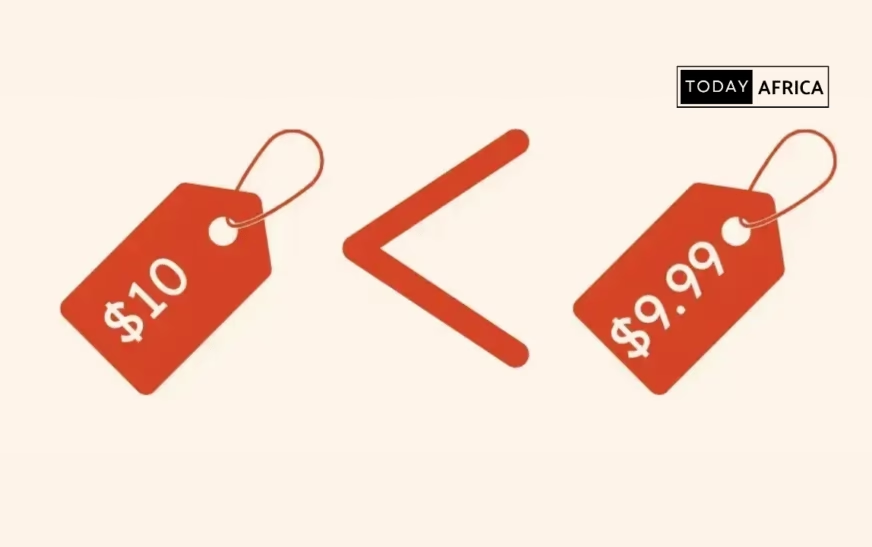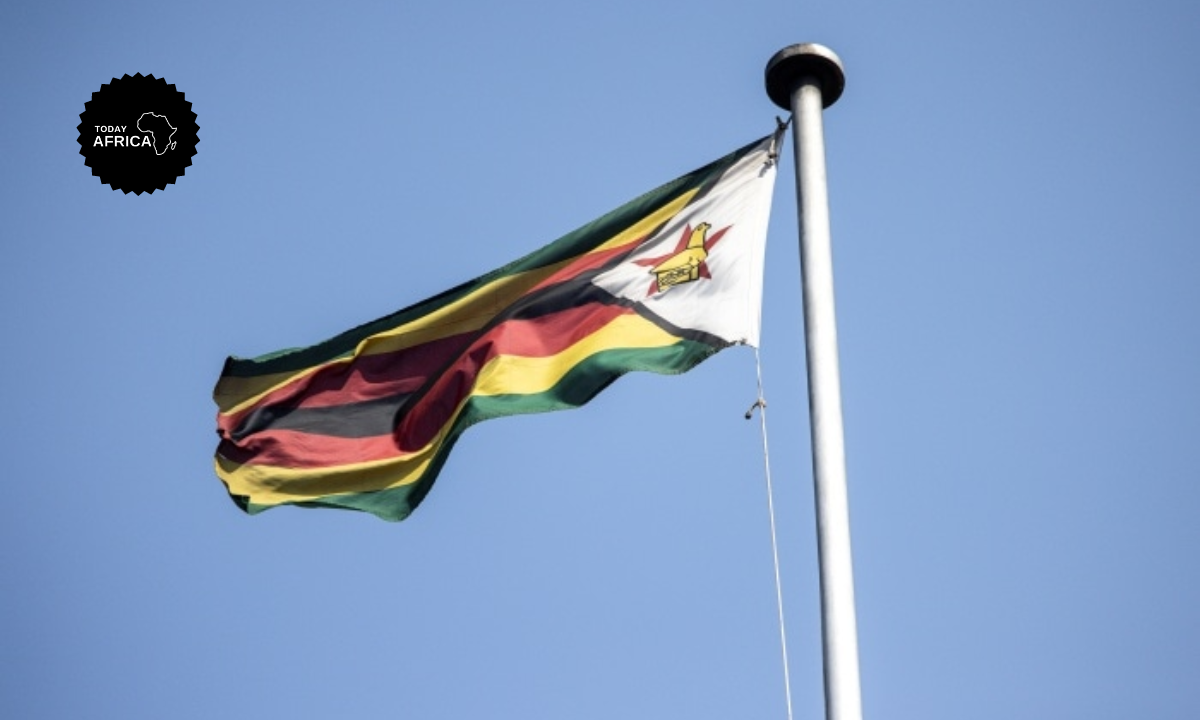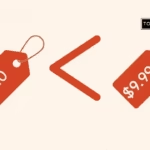Setting prices in Africa isn’t just about adding a margin on cost. It’s about understanding markets that are dynamic, unpredictable, and rich with nuance.
You have deeply value-conscious consumers, channels that range from high-end e-commerce to crowded informal markets, and currencies that can fluctuate drastically in a matter of months.
If you get it right, pricing becomes a powerful lever, not just for profit, but for growth, brand trust, and market share.
In this article, we’ll discuss the pricing strategies that actually work in African markets, explaining the why, the how, and giving concrete examples you can implement.
Understanding the African market context
Pricing isn’t an isolated decision; it’s shaped by the economic, social, and behavioral realities of the market. Understanding these realities is the first step toward setting prices that actually work.
Consumer sensitivity & value seeking
African consumers are extremely price-conscious, yet they are not simply “cheap shoppers.” They are constantly weighing perceived value against cost.
Research by NielsenIQ shows that 99% of South African consumers have altered their shopping habits to save money, with nearly half switching to lower-priced brands.
This behavior isn’t limited to South Africa. In Nigeria, Kenya, Ghana, and across Sub-Saharan Africa, households are prioritizing essentials and cutting discretionary spending.
But at the same time, when consumers see clear value, whether through durability, convenience, or status, they are willing to pay more.
Implication for businesses: Your pricing must reflect this duality. It should be accessible enough for the majority, but with options for those willing to pay a premium for extra value.
Distribution complexity & channel diversity
African retail is incredibly fragmented. In some countries, up to 70% of retail transactions still happen through informal markets, alongside supermarkets, kiosks, and growing online channels.
This means your pricing strategy can’t be one-size-fits-all. Prices suitable for e-commerce platforms might not work in traditional trade or open-air markets.
Conversely, informal markets often favor smaller packaging and micro-pricing to match daily cash flows.
Key insight: Pricing must be adaptable to different channels. Consider packaging size, bulk vs single units, and convenience as part of your price equation.
Macroeconomic instability & purchasing power fluctuations
African markets are often affected by high inflation and volatile currencies. For example, the Nigerian naira has experienced significant fluctuations over the past decade, directly impacting purchasing power.
Businesses must factor in these macroeconomic realities into their pricing strategies.
Static pricing in such environments is risky; it can quickly make your products either too expensive for consumers or unprofitable for your business.
Takeaway: Flexibility is essential. Pricing strategies must allow for adjustment in response to inflation, currency changes, or sudden supply shifts.
Read Also: How to Build a Brand Customers Love (and Keep Coming Back To)
Pricing strategies that actually work in African markets
Now let’s explore specific strategies that have been tested and adapted for African markets.
1. Penetration pricing + skimming mix
- Penetration pricing: Start with lower prices to acquire market share quickly.
- Price skimming: Begin with higher prices for early adopters and gradually reduce.
Why it works in Africa
- In many African markets, winning consumer trust is non-trivial, especially for new brands. Penetration pricing helps you break into the market.
- Once established, you can use skimming for premium versions of your product or for customers who can afford more.
Example
A telecom operator in Nigeria can introduce a data bundle at a very low price, capturing a large user base, and then later offer value-added data plans or premium services at higher prices. It’s aligned with how major GSM providers in Nigeria have modeled data pricing using competitive strategies.
Risks
- Low margins could hurt sustainability
- Risk: Customers may expect permanently low prices
Mitigations
- Monitor unit economics carefully; make sure you can scale
- Communicate transparently when price changes will come, and use tiered offerings
2. Value-based pricing
Charging based on the perceived value of your product to the customer rather than just on cost.
Why it works in Africa
- African consumers, while price sensitive, will pay more if they see a real benefit (durability, convenience, brand trust, or savings over time).
- Given the fragmentation of channels and varying incomes, it’s often more effective to emphasize what problem you’re solving (e.g., reducing total cost) than just undercutting on price.
Example
A solar mini-grid provider in rural Kenya or Nigeria could price based on the value of electricity access, not just the cost per kilowatt-hour, but the economic uplift for households.
Studies show that solar mini-grid connections in rural Africa can quadruple median household incomes.
By structuring payment (e.g., via pay-as-you-go or leasing), companies can align pricing to value rather than fixed recurring cost, enabling customers to pay for the benefit rather than upfront cost.

3. Psychological pricing
Using pricing tactics based on human psychology to make your price more appealing, e.g. charm pricing (R99.99 instead of R100), bundling, and urgency.
Why it works in Africa:
- Small differences matter. Customers are savvy and deliberate about pricing. Charm pricing can subtly signal value.
- Bundles are especially effective in markets where consumers want to maximize utility.
- Limited-time offers or “special deals” work well when combined with mobile marketing or local distribution channels.
Example
SMEs in South Africa often use psychological pricing: setting prices like R99.99 instead of R100. On e-commerce, you might bundle frequently purchased items (e.g., soap + detergent) at a slightly discounted combo price, signaling both savings and value to consumers.
Read Also: African Entrepreneur’s Toolkit: Free Apps and Resources to Start Smart
4. Tiered pricing/price segmentation
Offering multiple pricing levels or segments to appeal to different customer groups.
Why it works in Africa:
- Income diversity is high. There might be wealthy urban customers, but also price-sensitive rural consumers.
- Channel segmentation: what you charge through e-commerce might differ from what you charge in informal trade.
- Geographical segmentation: prices may differ significantly city-to-city or country-to-country.
How to implement
- Geographic segmentation: Adjust pricing based on city or region. For example, McKinsey notes that per capita income in Nairobi is significantly higher than in rural Kenya.
- Channel segmentation: Use different price tiers for modern retail, traditional trade, and digital channels.
- Product-line segmentation: Create a “premium,” “mid,” and “value” product line.
Benefits
- Increases reach: You’re not pricing out large but lower-income segments.
- Boosts margin: Premium customers pay more, subsidizing lower tiers.
- Flexibility: You can adjust a specific tier without disrupting your entire pricing strategy.
5. Dynamic & flexible pricing
Adjusting prices over time in response to market factors: inventory, demand, cost, and currency shifts.
Why it works in Africa
- With volatile currency and inflation, fixed pricing can be risky.
- Demand may change rapidly due to seasonality, economic shifts, or supply chain constraints.
- Dynamic pricing helps you respond quickly and protect margins.
Insight
African FMCG companies are already facing cost pressures: according to RCL Foods in South Africa, they have modestly raised prices (average of 6.8%) in response to rising costs while trying to maintain affordability.
Brands operating in such volatile environments should have the agility to change prices, for example, through time-limited promotions or cost-pass-through strategies.
Implementation tips
- Use data: analyze demand trends, inventory, purchasing behavior.
- Build pricing policies: set rules for when to raise, pause, or discount.
- Communicate: when price changes, explain to customers why (cost inflation, improved features, etc.).
6. Penalty-free discounting & loyalty triggers
Using discounts, loyalty programs, or bulk incentives in a way that doesn’t penalize loyal customers but rewards them.
Why it works in Africa
- Consumers are hunting for deals. NIQ data shows many are switching brands or buying bulk when promotions happen.
- Loyalty programs offer a path to lock in repeat customers without permanently lowering your base prices.
- Bulk buying is popular: in Nigeria, 65% of consumers are opting for bulk sizes or buying from wholesalers.
Tactics to try
- Loyalty cards or points: Reward repeat purchases with points that lead to discounts or freebies.
- Bulk discounts: Offer lower per-unit price when customers buy larger quantities.
- Referral programs: Encourage customers to refer others in exchange for price perks.
- Seasonal promotions: Use culturally or seasonally relevant events to trigger discounts, e.g., end-of-year festivals, holidays, or harvest season.
7. Dual pricing (local vs. export/local vs. tourist)
Charging different prices based on customer origin or purchasing context; for example, locals vs tourists.
Why it works in Africa
- In some markets, dual pricing is already common: tourists or foreign buyers are charged more than locals in places like national parks, hotels, and other tourist attractions.
- For businesses targeting both locals and expatriates or tourists, this model allows you to maximize yield while keeping local affordability.
- With increasing cross-border e-commerce, dual pricing can reflect local purchasing power or logistics costs.
Considerations
Be mindful of regulatory or ethical constraints in some regions; steep price discrimination may draw scrutiny. Make sure the pricing differential is defensible and transparent to avoid backlash. Use local-market research to set the “local” price fairly (not exploitatively).
Read Also: How to Find a Co-founder Who Complements Your Strengths
A sample pricing strategy framework for African markets
Here’s how you might combine the strategies above into a coherent, practical pricing plan for your business in an African market.
Step 1. Market segmentation & customer profiling
- Identify key consumer segments (e.g., low-income, middle-class, premium) in your target geographies.
- Map distribution channels: informal markets, traditional retail, e-commerce.
- Analyze purchasing behavior: how often do they buy, how much volume, what trade-offs do they make when money is tight?
Step 2. Define product tiers & value propositions
- Create product lines that match different segments, value, standard, and premium.
- For each tier, clearly define the value you’re offering (durability, convenience, status, cost-savings).
- Develop bundles or packages tailored to how customers actually shop (bulk, small basket, mobile orders).

Step 3. Build a dynamic pricing policy
- Establish rules for when and how to change prices (inflation pass-through, promotional calendar, supply shocks).
- Use data analytics to detect demand trends or cost pressure.
- Simulate scenarios: What if currency devalues 10%? What if input costs rise 5%?
Step 4. Loyalty & incentives strategy
- Launch loyalty programs (points, membership, referral).
- Offer bulk purchase incentives.
- Use limited-time promotions, but design them so they don’t permanently erode your margins.
Step 5. Monitor, learn, and adjust
- Track key metrics: volume sold per channel, average order size, churn, margin per tier.
- Run experiments: test charm pricing, bundles, or price increases in pilot cities or channels.
- Solicit customer feedback: Why did they buy or not buy? What do they perceive as fair?
Read Also: How to Build a Brand Story from Day One
Conclusion
Figuring out pricing strategies that actually work in African markets is both art and science. It means understanding the real pressures your customers face: inflation, income volatility, fragmented distribution, and shifting behavior.
But it also means getting creative and flexible: using penetration to win trust, value-based pricing to align with customer benefit, psychological pricing to influence purchase decisions, and dynamic policies to stay resilient.
Key takeaways:
- Understand your consumers’ behavior, income, and value perceptions.
- Combine multiple strategies: penetration, value-based, psychological, tiered, dynamic, and loyalty-based pricing.
- Monitor market changes and remain agile in your approach.
With the right approach, pricing becomes a competitive advantage rather than a gamble. African markets may be complex, but they are also full of opportunity for brands that understand how to price thoughtfully and strategically.
FAQs
Are low prices always the best way to win customers in African markets?
Not necessarily. While low prices can help you break in, long-term success often depends on perceived value. Consumers may pay more if they believe they’re getting reliability, convenience, or savings over time.
How often should I review or change my prices?
That depends on your cost structure, volatility risk, and market. But in many African markets, you should plan for quarterly reviews at a minimum, with the ability to adjust more frequently if needed.
Is dual pricing (local vs tourist) a good strategy for all businesses?
It’s useful for businesses that serve both locals and non-locals, like tourism, hospitality, or cross-border e-commerce. But it must be used ethically and transparently, and you should be careful about regulatory or reputational risks.
How can small businesses afford the data analytics needed for dynamic pricing?
You don’t always need an expensive system. Start small: track basic KPIs (volume, average order, churn), use simple spreadsheets, and run pilot experiments. Over time, you can scale up to more sophisticated tools.
What if currency devaluation is the biggest risk for my business?
A few tactics help: price in local currency but include cost‑pass‑through clauses, hedge your input costs if feasible, or offer prepaid packages. Also, monitor macro trends closely so you can act quickly.
Leave a comment and follow us on social media for more tips:
- Facebook: Today Africa
- Instagram: Today Africa
- Twitter: Today Africa
- LinkedIn: Today Africa
- YouTube: Today Africa Studio















